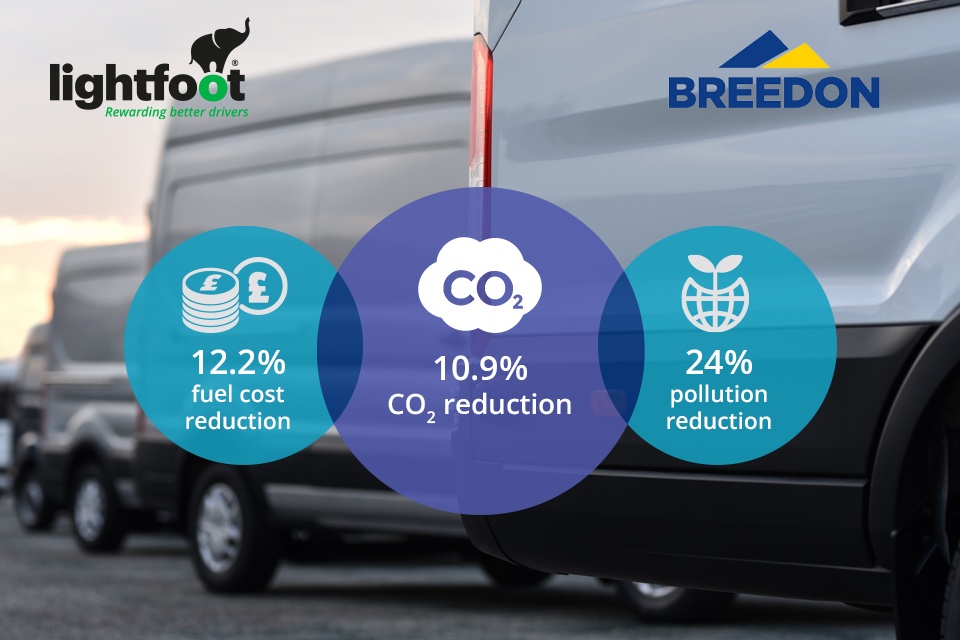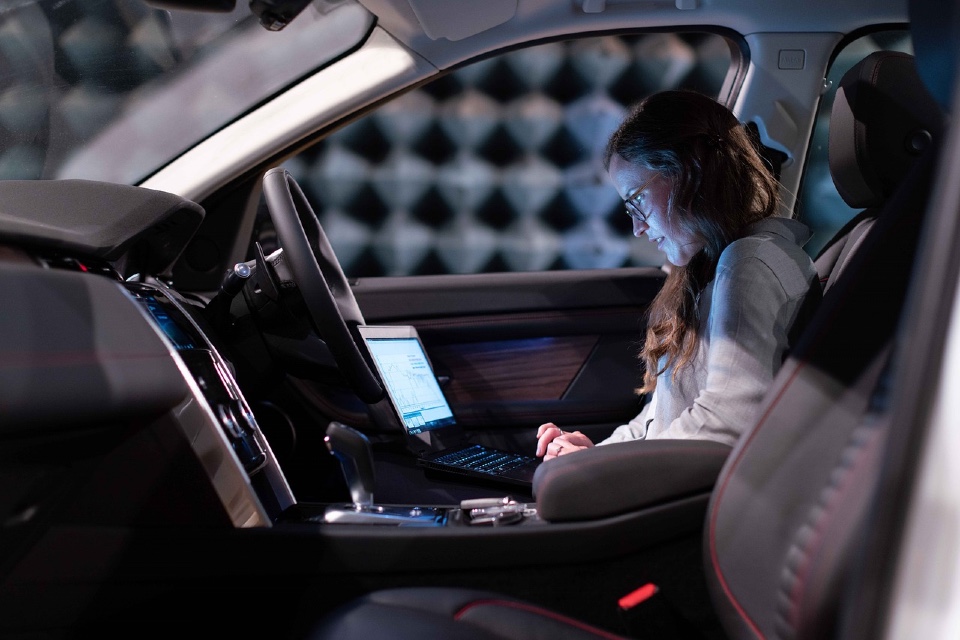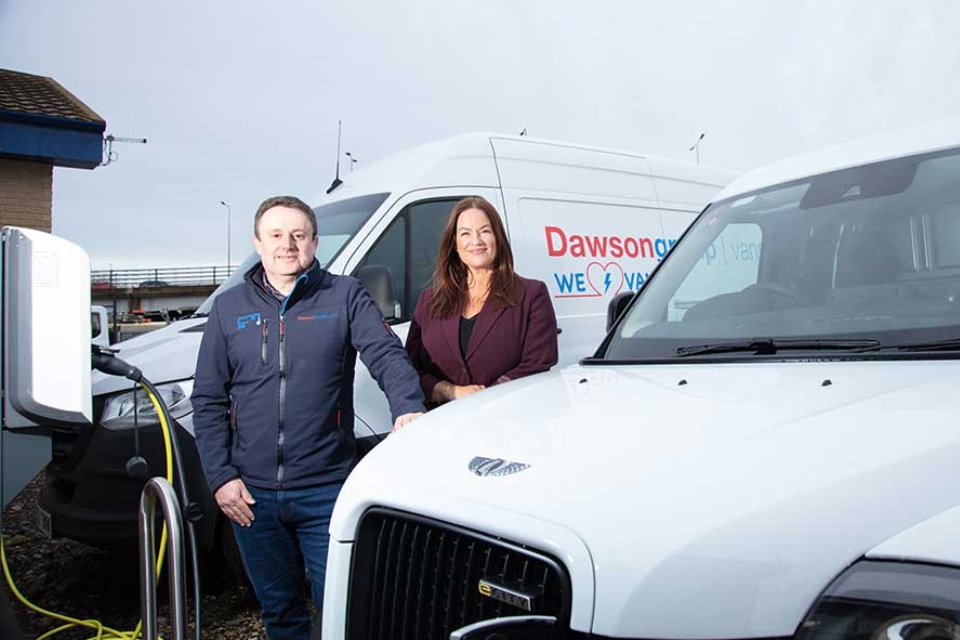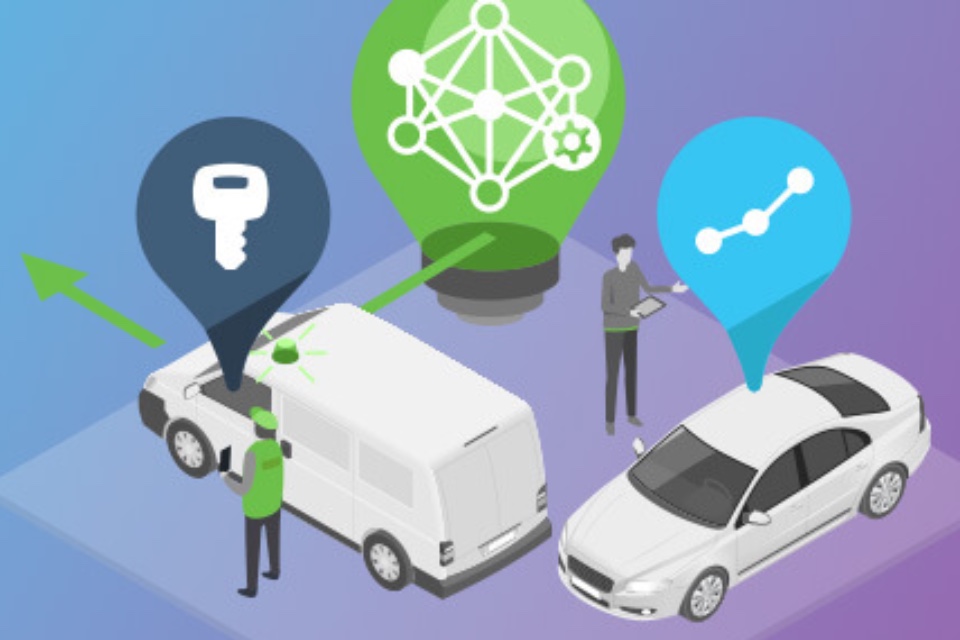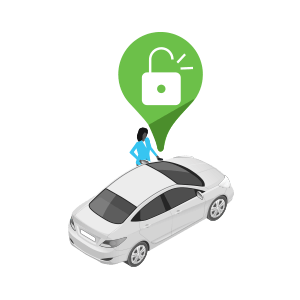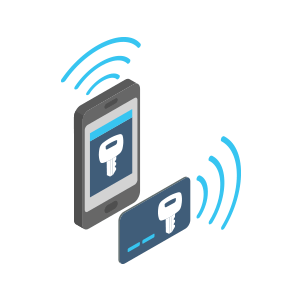Breedon fleet cuts emissions and idling time with driver rewards tech
https://fleetservicessummit.co.uk/wp-content/uploads/2022/12/Lightfoot-breedon.jpg 960 640 Stuart O'Brien Stuart O'Brien https://secure.gravatar.com/avatar/81af0597d5c9bfe2231f1397b411745a?s=96&d=mm&r=gLeading construction materials group Breedon has succeeded in introducing significant improvements to its fleet of delivery vehicles with the help of Lightfoot’s pioneering real-time in-cab driver coaching technology.
Instances of aggressive and inefficient driving have been dramatically reduced, resulting in a 12.2% fall in fuel costs, a 10.9% drop in carbon emissions, and a 24% reduction in pollution caused by vehicle idling. Over the next 5 years, Breedon is on target to reduce fleet CO2 emissions by 1,651 tonnes – the equivalent of removing 359 passenger vehicles from the road.
Lightfoot’s fleet management system works by providing drivers with visual and verbal feedback as they travel, helping them to correct their driving in the moment and adopt a safer, smoother style. Better driving is incentivised through the Lightfoot Driver App, which rewards drivers who reach the performance target with weekly giveaways, exclusive discounts, and top spots on the leaderboard.
Installed across Breedon’s 380-strong fleet, Lightfoot has been key to improving driver safety. Within a month of being fitted, aggressive driving had decreased by 80%, with harsh acceleration falling by 63%, severe braking by 28%, and cornering at speed by 19%.
Learn more about Breedon’s achievements with Lightfoot here.

